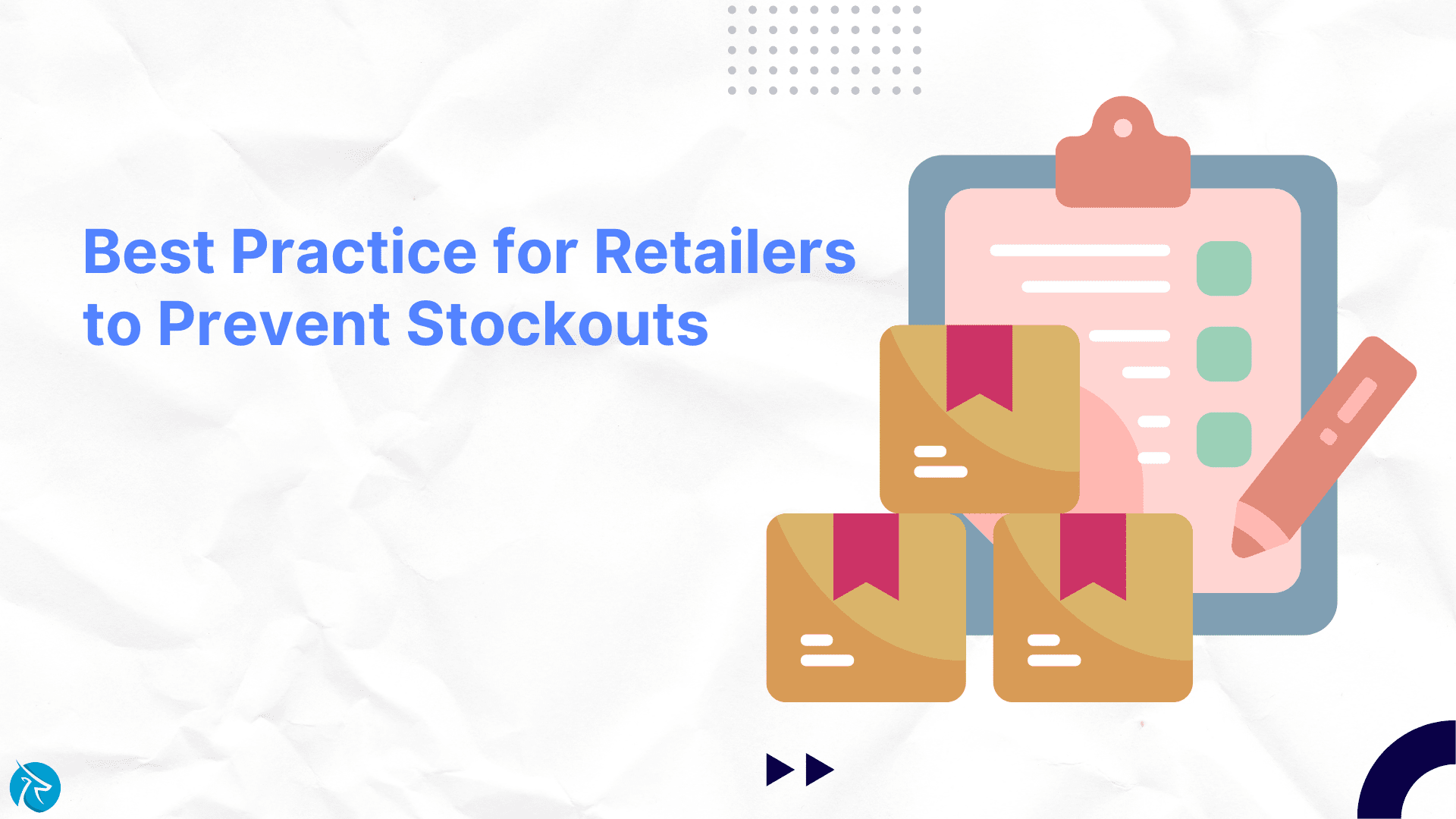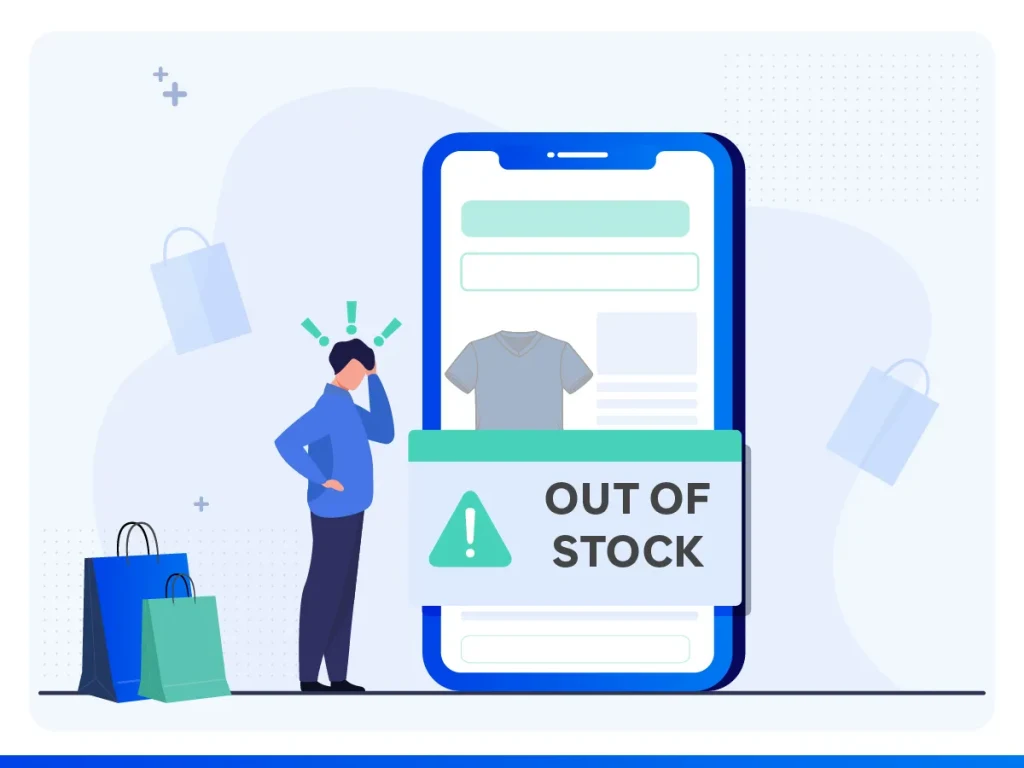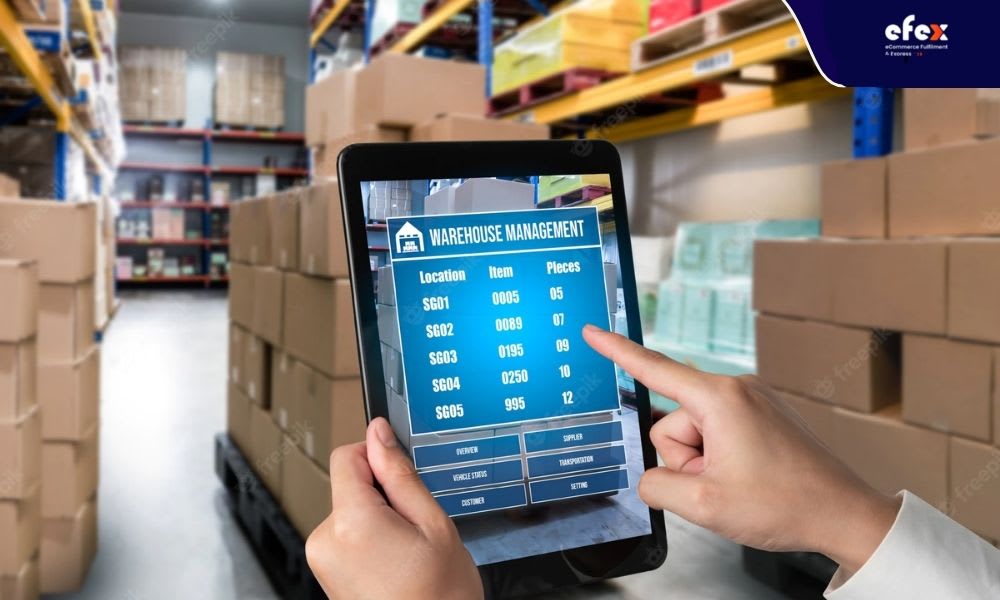Best Practice for Retailers to Prevent Stockouts

In the fast-paced world of retail, staying ahead of customer demands while avoiding stockouts is crucial for business success. A stockout not only leads to lost sales but can also damage a retailer's reputation. In this blog post, Fordeer will give you the best practices for retailers to prevent stockouts and ensure a seamless shopping experience for customers.
Overview of stockouts
What are stockouts?
A stockout, or when a business is temporarily out of a specific product, happens when we run low on inventory and can't fulfill customer orders for that item. It's the opposite of having too much stock of an item that is in low demand. Stockouts can occur at different points in the supply chain, whether due to manufacturing delays in getting raw materials or issues with inventory management leading to items not being available on store shelves.

If a stockout occurs, it's important to quickly update the item's availability status across all our sales channels. This helps prevent customers from unintentionally buying something that's currently out of stock.
In the event that a customer does purchase an item that's out of stock, transparent communication is key. You can explain the situation and work together to find a satisfactory solution, such as suggesting an alternative item, offering a refund, or placing the customer on a waiting list. When you inform customers about a stockout, you may also share the expected date when the item will be back in stock.
What causes stockouts?
Insufficient planning and human error stand out as primary contributors to stockouts and various inventory management challenges. However, even organizations with meticulous preparation can encounter unforeseen circumstances leading to product unavailability, including delays from suppliers and manufacturing obstacles.
Erroneous forecasts
Accurate forecasting is paramount in mitigating or preventing stockouts. In situations beyond a company's control, like sudden and unpredictable shifts in customer trends, a well-implemented forecasting system becomes crucial. By maintaining precision in inventory forecasting, businesses can minimize the risks of stockouts, shortages, and overstocks.
Inaccurate records

Another leading cause of stockouts stems from inaccurate inventory counts, often attributed to human error. Miscounting, manual inventory management errors, and misplacement of items in the warehouse can result in discrepancies. Technical issues, such as delays in real-time inventory updates across multiple sales channels, can further compound the problem.
Supplier delays
Stockouts can manifest at any point in the supply chain due to challenges in acquiring raw materials or delivering parts to manufacturers. These hurdles can subsequently lead to delays in the manufacturing process, ultimately resulting in stockouts.
Manufacturing holdups
Manufacturing delays are not exclusively tied to supplier issues. Labor shortages, equipment malfunctions, and inadequate planning within the production process can contribute to delays. Any disruption in manufacturing schedules heightens the risk of stockouts or shortages.
Logistics issues
Environmental factors, such as natural disasters, can disrupt the supply of raw materials or damage production facilities. Vehicle breakdowns, accidents on roadways, and mechanical problems can impede the timely delivery of essential materials or goods. While these logistical challenges may be beyond the retailer's control, recurring incidents, such as frequent machinery breakdowns, warrant thorough investigation to proactively prevent future occurrences.
The impact of stockouts on sales
Experiencing stockouts can be quite detrimental for retailers, causing a range of negative impacts that reverberate throughout the business. Let's take a closer look at some of these repercussions, all of which underscore the importance of effective inventory management:
Lost sales - a significant challenge
Foremost among the issues triggered by stockouts is the substantial loss of sales. When a customer is eager to make a purchase, only to find that the desired product is out of stock, the retailer not only misses out on a sale but also risks the customer opting to buy from a competitor.
Frustration among customers

Stockouts often result in frustrated and dissatisfied customers. Such individuals may be deterred from returning to the retailer in the future, impacting customer retention and potentially steering them toward competitors who consistently maintain product availability.
Reputation takes a hit
The repercussions of stockouts extend beyond immediate sales losses. They can inflict lasting damage on a retailer's reputation, triggering negative word-of-mouth and diminishing brand loyalty. Building a positive image takes time, but a single stockout incident can erode consumer trust.
Missed opportunities for sales growth
Stockouts don't just limit themselves to immediate sales; they also translate into missed opportunities for cross-selling and upselling. When customers can't access complementary products due to stockouts, retailers lose the chance to maximize revenue and enhance the overall shopping experience.
Customer satisfaction declines
Unsurprisingly, stockouts contribute to lower levels of customer satisfaction. When customers encounter consistent challenges in finding the products they desire, their overall shopping experience is compromised. This decline in satisfaction can precipitate a drop in customer loyalty over time.
Escalating operational costs
Frequent occurrences of stockouts can lead to increased operational costs. The process of restocking and managing inventory becomes more challenging and resource-intensive. Retailers may find themselves grappling with additional expenses, including rush orders to replenish stock and potential expedited shipping costs.
Best practices to avoid stockouts for retailers
Accurate demand forecasting
By delving into the wealth of data at retailers’ disposal, they can gain valuable insights into consumer preferences, seasonal fluctuations, and emerging trends. This data-driven approach empowers retailers to discern not only what products are likely to fly off the shelves but also when these surges in demand are anticipated to occur. Armed with this foresight, retailers can take proactive measures to shore up their inventory levels and meet customer demand with precision.

The adoption of advanced forecasting methods becomes a strategic ally for retailers, allowing them to stay ahead of market dynamics and respond effectively to evolving consumer needs. By honing in on the ebb and flow of product popularity, retailers foster a proactive inventory management strategy that aligns seamlessly with customer expectations.
Pay attention to customer trends
In the realm of demand forecasting, while historical trends provide a solid foundation, businesses must also actively engage in studying the market for emerging customer trends. This dual approach not only enhances the accuracy of predictions but also enables companies to stay ahead of the curve in meeting evolving consumer preferences. Striking the right balance between established patterns and emerging shifts is key to effective inventory management.
For instance, anticipating and identifying new seasonal trends before committing to ordering seasonal stock is a strategic move that can greatly influence a business's success. By staying attuned to the latest market dynamics and consumer behaviors, companies can ensure they have a sufficient quantity of newly trending products readily available to meet customer demand. Simultaneously, this proactive approach allows businesses to minimize the risk of carrying excess stock related to outdated trends, thereby averting overstock situations and reducing associated carrying costs.
In the dynamic landscape of retail, the fusion of historical insights with a keen eye on emerging trends transforms demand forecasting into a nuanced art. This strategic balance not only safeguards against stockouts but also positions businesses to resonate with their target audience, fostering customer satisfaction and sustained success.
Regular stock counts
In the quest to minimize the risk of stockouts, a straightforward yet highly effective approach revolves around consistently maintaining accurate and current insights into inventory levels. This not only serves as a preventative measure but also empowers businesses to proactively address potential challenges that might arise from various factors such as shrinkage and supply chain disruptions. It's an approach that seamlessly combines simplicity with strategic foresight.

In the intricate dance of inventory management, unforeseen circumstances like shrinkage or disruptions in the supply chain can swiftly lead to unexpected shortages. The key to circumventing these challenges lies in the real-time accessibility of information pertaining to the status of inventory levels.
This commitment to maintaining up-to-date insights serves as a protective shield, shielding businesses from the adverse effects of stockouts. The immediacy of real-time data not only allows for swift responses to inventory fluctuations but also lays the foundation for a more agile and resilient supply chain.
Efficient supply chain management
Maintaining an efficiently managed supply chain plays a pivotal role in mitigating the potential for stockouts, as it guarantees timely and ample deliveries of products. Retailers can enhance their supply chain operations by fostering effective communication with suppliers, expediting shipping processes, and verifying that suppliers possess the capability to deliver the correct quantities at the designated times.
In the intricate tapestry of supply chain management, clear and open communication with suppliers forms the backbone of success. Establishing transparent channels ensures that both parties are aligned in understanding expectations and timelines. This collaborative approach not only fosters a sense of partnership but also enables swift problem-solving and the adjustment of strategies to prevent any disruptions.
Real-time inventory management
In recent years, advancements in technology have empowered certain companies to optimize their on-hand inventory levels without compromising on the risk of potential stockouts. This strategic balance is achieved through a more profound comprehension of the inbound supply chain dynamics, coupled with the acquisition of real-time insights into the arrival schedules of shipments, whether in transit or within the confines of the yard.

This technological leap allows businesses to leverage the latest innovations in supply chain management, enabling them to operate with more agility and precision. By delving into the intricacies of their inbound supply chain, companies can fine-tune their inventory strategies, ensuring that products are available when needed without the burden of excess stock.
Platform integration
The essence of effective inventory management lies not only in the accumulation of data but also in its accessibility and utilization across diverse teams. By consolidating pertinent information within a unified system, businesses foster a collaborative environment where all stakeholders, from yard managers to supply chain coordinators, are on the same page. This interconnectedness not only streamlines operations but also enhances the ability to navigate challenges swiftly and collectively.
Moreover, this centralized approach mitigates the risk of miscommunication and empowers teams to make informed decisions based on real-time insights. When information flows seamlessly across departments, potential disruptions, such as delays in shipment arrivals, can be anticipated and addressed proactively. This not only averts operational hiccups but also fortifies the overall resilience of the inventory management system.
Final thought,
In the dynamic world of retail, preventing stockouts requires a proactive and strategic approach to inventory management. By embracing advanced technologies, establishing strong supplier relationships, and implementing data-driven strategies, retailers can not only prevent stockouts but also create a more efficient and responsive supply chain. Mastering these best practices will not only enhance customer satisfaction but also contribute to the long-term success of the retail business.
On the other hand, the stockout issue has been a persistent challenge for businesses, often leading to dissatisfied customers and lost sales opportunities. However, one innovative solution that has gained significant traction in recent years is the integration of a preorder application. By implementing a preorder system, businesses can effectively address the stockout problem by allowing customers to reserve products in advance, even when they are temporarily out of stock.
Fordeer's preorder add-on acts as a bridge between customers and businesses, enabling seamless communication and facilitating a smoother shopping experience for both parties. With this preorder application, Shopify merchants can minimize the impact of stockouts, enhance customer satisfaction, and ultimately boost their overall sales performance.
Fordeer Team hopes all's well on your journey ahead. Follow us for more useful updates!











